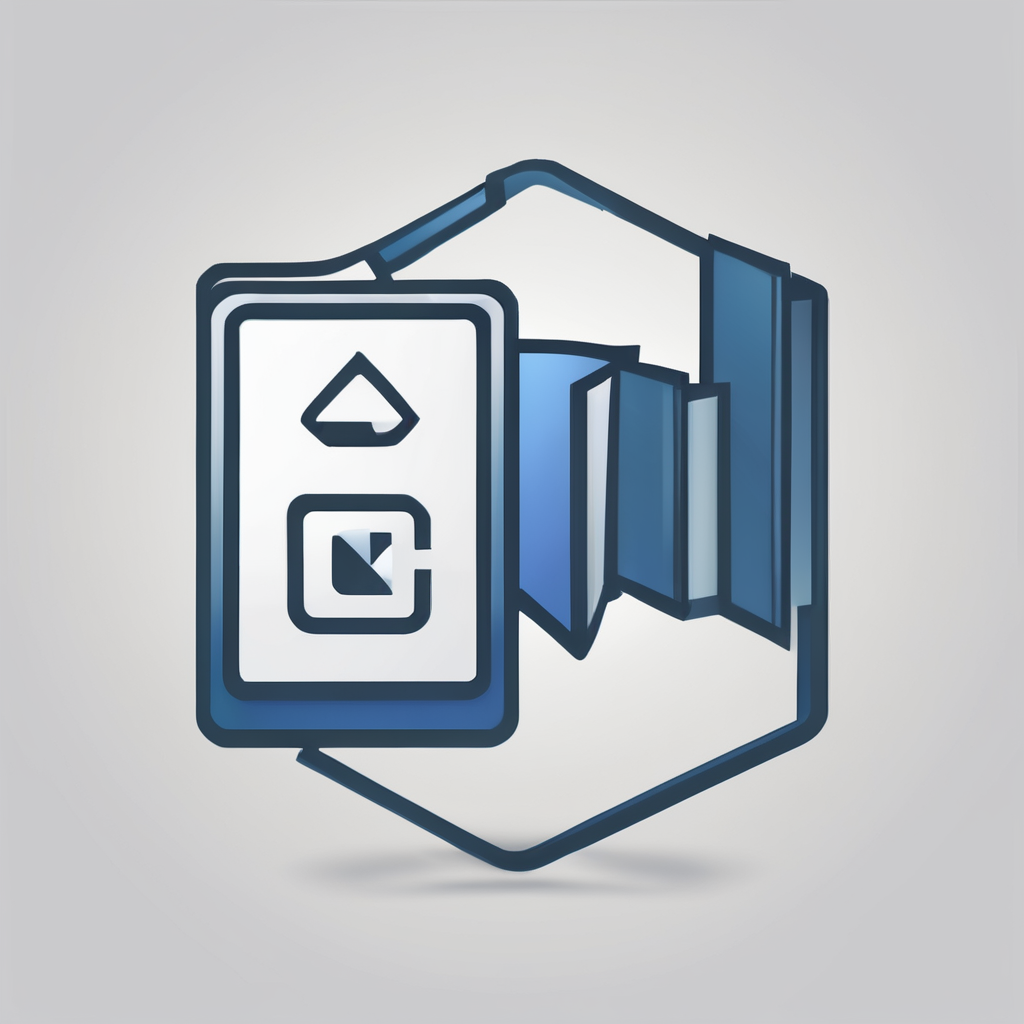Struggling to maintain steady cash flow? Smart payment planning can transform your financial health by aligning payment schedules with income cycles, accelerating receivables, and optimizing vendor terms. Combining strategic timing, automation, and prioritization empowers businesses to retain liquidity, reduce costs, and strengthen supplier relationships. Explore practical methods that go beyond simple budgeting, turning payment processes into a powerful tool for sustainable cash flow management.
Optimize Payment Scheduling for Maximum Cash Flow
Managing payment scheduling effectively is a critical strategy for achieving cash flow optimization. By carefully timing payments, businesses can maintain a healthy cash balance and avoid liquidity shortfalls that disrupt operations.
Topic to read : Maximize cash flow with effective payment schedules
One key approach is to align outgoing payments with incoming revenue streams. This involves scheduling payments to vendors or creditors when cash inflows are expected, ensuring funds are available without the need for short-term borrowing. For instance, if customer payments arrive on the 15th of each month, scheduling supplier payments shortly after maximizes the use of cash on hand.
Utilizing payment calendars further enhances control over due dates. A well-maintained calendar helps track when payments are due and allows businesses to prioritize which invoices to pay early and which to defer. This method reduces the risk of late fees and strengthens vendor relationships without compromising liquidity.
In parallel : Essential services from your family office in geneva
Additionally, businesses should evaluate the trade-offs between early payment discounts and cash retention. While taking advantage of discounts for prompt payments can save money, it may not always be the best option if it strains cash reserves. A balanced approach involves analyzing the cost-benefit of discounts versus maintaining cash flow flexibility.
These techniques, when combined, create a robust framework for timing payments to support overall financial health. Proper payment scheduling is not just about staying current but strategically managing outflows to optimize cash flow effectively. Check it out now.
Effective Invoice Management Techniques
Efficient invoice management is crucial for maintaining healthy cash flow control. Streamlining invoice processing helps accelerate receivables, ensuring your business has access to funds when needed. One effective technique is setting up clear, consistent invoicing procedures. This means specifying payment terms upfront, detailing services or products clearly, and sending invoices promptly.
Using digital invoicing platforms can significantly enhance efficiency. These tools automate reminders, track payment statuses, and reduce errors, lowering the risk of delayed payments. Automated systems also facilitate easier reconciliation, contributing directly to better cash flow control.
By combining streamlined processes, consistent invoicing practices, and technology, businesses optimize their invoicing routines. This approach minimizes outstanding invoices and improves liquidity. Check it out now to explore options that can refine your invoice management strategy.
Negotiate and Secure Favourable Payment Terms
When it comes to enhancing your cash flow, payment terms play a crucial role. By engaging in effective vendor negotiation, you can secure more advantageous deadlines, giving your business greater flexibility. Don’t hesitate to approach suppliers and request extensions on payment schedules. Suppliers often appreciate open communication, especially when you demonstrate a commitment to maintaining a strong partnership.
In addition to deadline extensions, exploring volume discounts or flexible payment plans can significantly reduce your expenses or spread out your outlays more manageably. For example, committing to larger orders might unlock better pricing, while tailored payment plans can sync with your income cycles, lessening pressure on your cash reserves.
Building strong supplier relationships is key. Trust and mutual understanding increase your leverage during negotiations, making vendors more willing to accommodate your needs. Reliable communication and timely payments, even when staggered, show suppliers you are a dependable partner, encouraging cooperation in future terms discussions. This strategic approach to payment terms not only maximizes cash flow but also fosters lasting supplier alliances.
Check it out now.
Harness Automation to Simplify Payment Processes
Payment automation is a powerful tool that streamlines financial operations, making it easier to manage cash flow and enhance efficiency. Finance software designed for automated bill pay allows businesses to schedule recurring payments in advance. By setting up these payments in the system, companies avoid the pitfalls of manual entry, such as missed due dates or duplicate payments.
One of the critical benefits of using payment automation is the significant reduction in errors. System alerts notify users of upcoming payments, approval requirements, or discrepancies, ensuring that no bills are overlooked. This not only minimizes late fees but also helps maintain a strong credit relationship with vendors.
Moreover, automating approvals within finance software accelerates the payment process. Managers can quickly review and authorize payments electronically, eliminating bottlenecks typical in manual workflows. Tracking payments becomes more transparent and straightforward, as the system provides real-time updates and detailed payment histories.
Utilizing payment automation through robust finance software enhances financial accuracy while saving time and resources. Automating bill pay simplifies the entire cycle—from scheduling and approval to tracking and reconciliation—ultimately maximizing operational productivity. Check it out now.
Prioritise Accounts Payable to Protect Liquidity
Effectively managing accounts payable is crucial to maintain healthy liquidity. By employing strategic payment prioritisation, businesses can ensure that critical obligations are met without jeopardizing cash flow.
Start by ranking bills by urgency and impact on operations. Prioritising payments to suppliers whose goods or services are essential helps avoid disruptions. For example, utility bills and key vendor invoices should be scheduled ahead of less vital payments.
Maintaining a close watch on the supplier credit standing also supports liquidity management. Suppliers with strong credit typically offer better payment terms, allowing more flexibility in scheduling payments. Conversely, identifying suppliers who require prompt settlement prevents risking supply chain interruptions.
By carefully balancing the timing of payments, organisations can avoid liquidity crunches and strengthen operational resilience. Prioritising accounts payable is a practical step to protect your cash flow and maintain financial stability. Check it out now.
Step-by-Step Guide for Smart Payment Planning
Strategically organizing your finances begins with a solid payment planning guide.
The first financial planning step is to assess current cash flow patterns meticulously. This means tracking all incoming and outgoing funds over a representative period, such as a month or quarter. Capturing the timing and amounts of cash inflows alongside outgoing payment obligations sets the foundation for a precise cash flow strategy. Without a clear picture of your financial rhythms, attempts at payment planning can be misaligned with reality.
Next, it is crucial to map payment obligations against income. This involves listing every recurring expense—rent, utilities, loan repayments, subscriptions—and pinpointing when each payment is due relative to your income schedule. Conflicts arise if multiple payments cluster just before payday or income arrives irregularly. By visualizing these obligations side-by-side with income, you can identify bottlenecks or periods of negative cash flow well in advance. This step ensures your cash flow strategy balances inflows and outflows intelligently.
Finally, you create a flexible monthly payment plan based on this detailed assessment and mapping. Flexibility allows adjustments if your income fluctuates or unexpected expenses occur. Such plans prioritize essential payments and stagger less critical ones where possible, smoothing cash flow over time. Using this payment planning guide, you can avoid late fees, improve your credit standing, and maintain financial stability. For more practical insights on implementing these financial planning steps and optimizing your cash flow strategy, check it out now.
Case Studies: Success Stories in Cash Flow Management
Learn how effective cash flow management transforms businesses
Small Business Overcomes Seasonal Slumps
Seasonal slumps can severely disrupt cash flow in small businesses. One shining cash flow case study involves a local bakery that struggled with lower sales during winter months. By implementing a tailored payment strategy, they introduced flexible payment schedules for customers, incentivizing early payments and improving liquidity. This approach not only stabilized cash flow during difficult periods but also built stronger client relationships. Their business success clearly shows that adapting payment terms to customer behavior can prevent cash shortages and maintain steady operations year-round.
Startup Streamlines Operations with Automation
Automation has revolutionized payment collections for many startups, as seen in this key example. A tech startup automated invoicing and reminders, reducing overdue payments substantially. This strategic move optimized their cash flow by ensuring timely receipts and minimizing manual errors. This cash flow case study highlights how automation in payment processing can streamline operations, reduce administrative burden, and allow startups to focus on growth. Their business success serves as proof that integrating technology into payment strategies is crucial for agile and sustainable cash flow management.
Retailer Negotiates Better Terms to Drive Growth
Negotiating payment terms with suppliers is a pivotal strategy in effective cash flow management. A mid-sized retailer negotiated extended payment periods with vendors without compromising relationships. This negotiation improved working capital availability, enabling reinvestment into inventory and marketing campaigns. This retailer’s payment strategy example underscores the importance of proactive supplier discussions to tailor payment schedules according to cash flow needs. Their business success reaffirms that understanding and managing payables can unlock growth potential and enhance overall financial health.
For more insights on how to maximize cash flow with effective payment schedules, check it out now.
Downloadable Tools and Expert Tips for Better Cash Flow
Maximize your financial management with proven resources
Managing cash flow effectively is crucial for any business aiming to maintain stability and growth. Utilizing cash flow tools like planning templates simplifies this process, ensuring you can visualize and control your income and expenses accurately. Free planning templates provide a structured way to track payments and forecast future cash positions without needing advanced software.
One essential resource is the free payment scheduling template, designed to help you organize your payables and receivables strategically. This template lays out due dates clearly, so you never miss payments that could impact your credit or vendor relationships. Consistent use of such a template aids in predicting cash shortages and adjusting your financial strategies proactively.
Additionally, a checklist for prioritising payments is invaluable when cash isn’t sufficient to cover all outgoing bills immediately. Experts advise prioritizing obligations such as payroll, supplier invoices, and loan repayments. This approach minimizes operational disruptions and maintains trust with stakeholders. These checklists guide you through this decision-making process methodically.
Finally, incorporating top expert-recommended strategies for 2024 ensures your cash flow management adapts to emerging financial trends and challenges. These strategies emphasize maintaining liquidity buffers, diversifying income streams, and regularly reviewing payment schedules for optimization. Implementing such advice consistently empowers your business to thrive even in fluctuating markets.
For a comprehensive solution, consider combining these cash flow tools and expert advice to create a tailored payment plan that maximizes efficiency. Check it out now.







